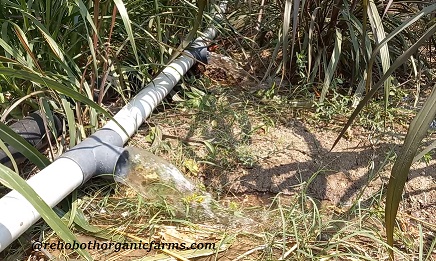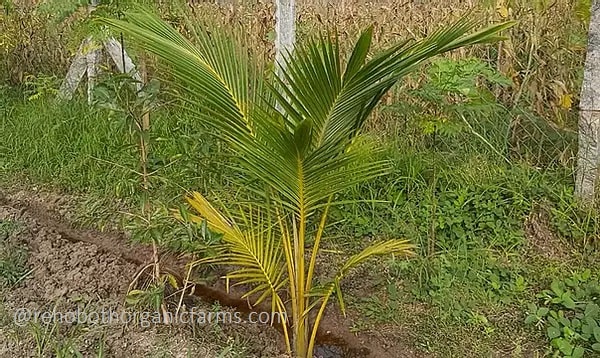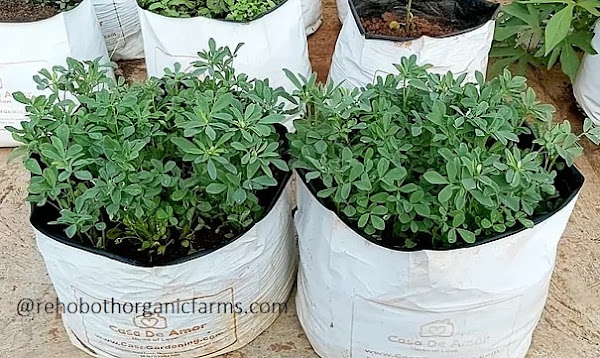How to Irrigate Red Napier grass farms?

Red Napier can be irrigated through Flood Irrigation and also through Drip Irrigation Red Napier responds well to Flood Irrigation compared to Drip Irrigation We can use 3 inch black hose to take water to the furrows We can make arrangement in such way that at least 5 furrows can be irrigated at a time Furrows should be made at a gap of two and half feet so that water flows T-Joint can been made in the pipeline so that water flows Water will flow from one end of the furrow to other end through gravity We can also add liquid fertilizer in the pipe line to promote growth Red Napier farm needs to be irrigated at least twice a week Red Napier will be fresh and healthy if the plants are irrigated regularly If the farms in not irrigated regularly, the leaves will become dry During Summer we might require irrigation at least thrice a week During rainy season we will not require irrigation as the soil will be moist When irrigated regularly, grass will be ready for harvest in 2 to




